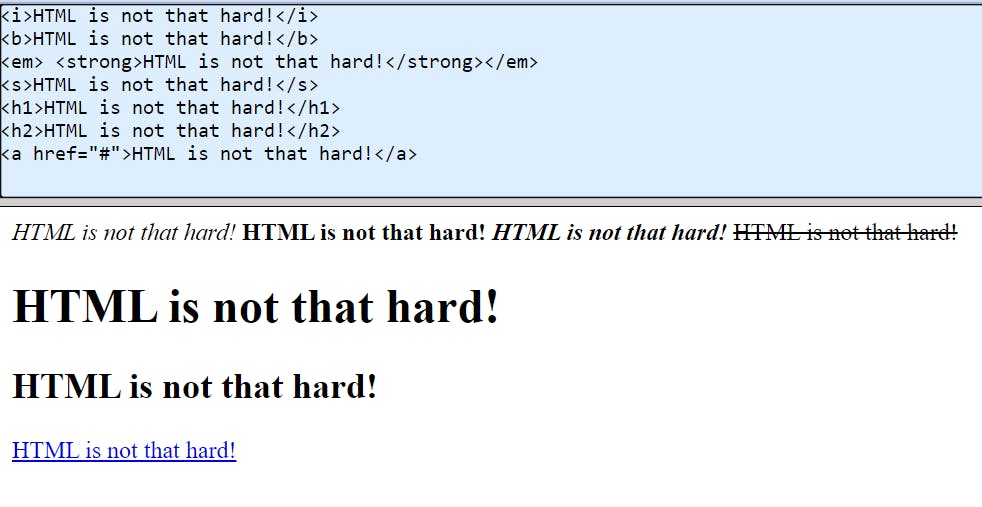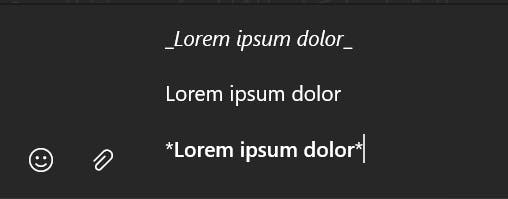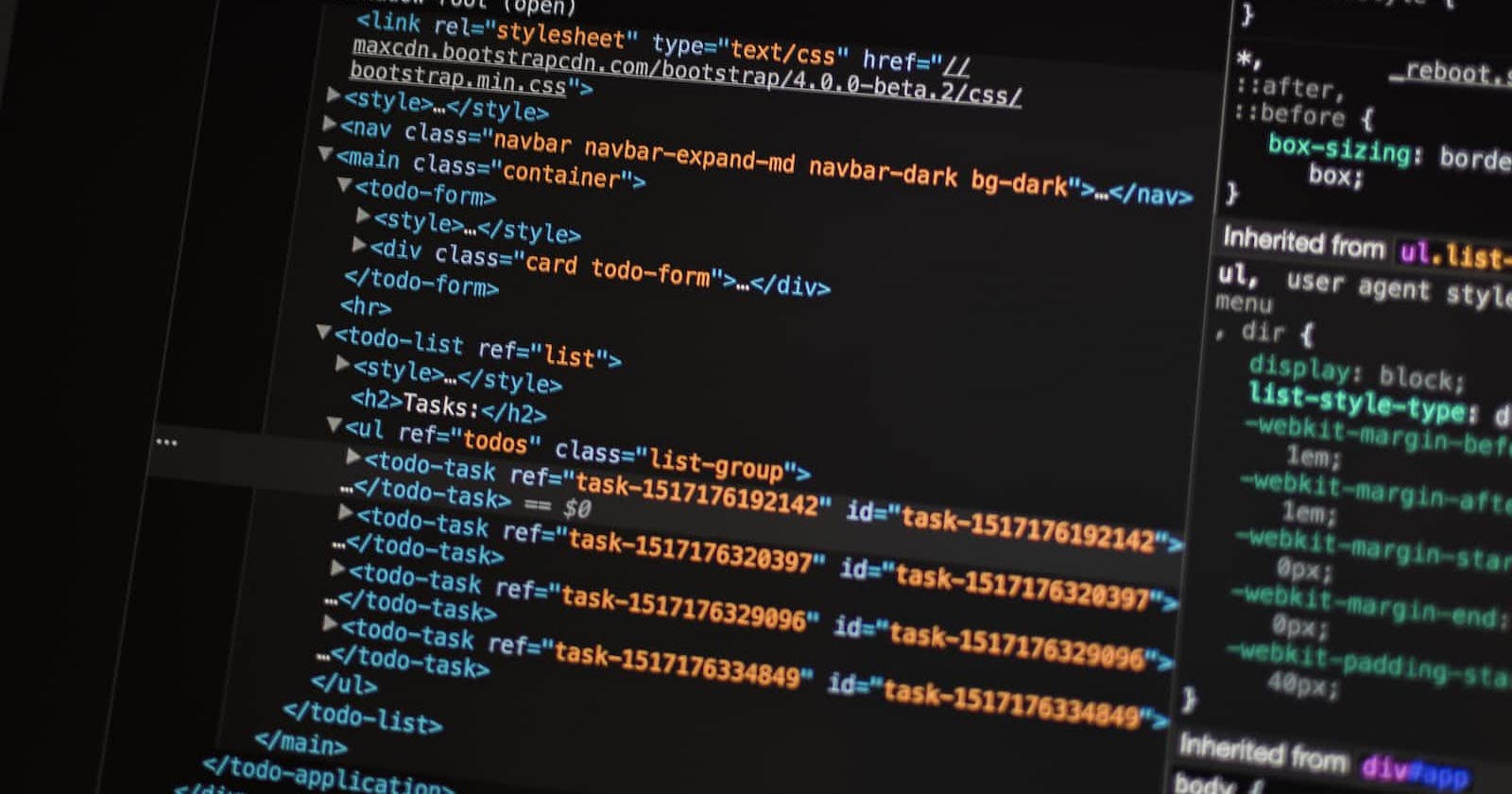What is Markup?
Markup is a general term for a language that describes a document's formatting. Markup languages are usually used for web text formatting. Examples are HTML(Hyper Text Markup Language), and XML (Extensible Markup Language).HTML is widely used for defining the structure and content of web pages, while XML is commonly used for data representation and exchange.

What is Markdown?
Markdown is a lightweight markup language that describes how text should be on a page. Markdown is a way of styling text in articles, notes or documentation,allowing writers to focus on content without getting bogged down in complex formatting codes.

Types of Markdown
R Markdown: Primarily used in R programming language, it enables the embedding of code within the Markdown document for dynamic content generation.
GitHub Flavored Markdown (GFM): Developed by GitHub, it extends the basic Markdown syntax to include features like task lists, tables, and code blocks for better collaboration on the platform.
CommonMark: A standardized version of Markdown to achieve consistency across different implementations.
Markdown Extra: This flavor adds extra features like footnotes, tables, and attributes to extend the capabilities of basic Markdown.
Can Markdown be used to create a website?
While Markup is the main and most popular language used to define a website's content structure, Markdown can also be utilized in web development. However, it's essential to note that Markdown must be converted to HTML to be rendered as a website. There are numerous tools and libraries available that can seamlessly convert Markdown to HTML, making it a viable option for web content creation.


Markdown can be used to create a website in conjunction with R programming language through R Markdown, which allows the embedding of code and dynamic content.
Which is simpler?
Both languages are easy to learn and use.
Markdown is known for its human-readable syntax and requires minimal technical knowledge to get started. Many find it intuitive and user-friendly, enabling writers to focus on the content rather than worrying about complex formatting codes. The majority of social media platforms have a form of markdown incorporated into the messaging.

Markup, on the other hand, is more computer/machine-readable and may not be as easily understandable to non-technical individuals until the result is shown.
In Conclusion
Markdown and Markup are powerful languages, each with its specific purpose. They are both widely used across several platforms and regions, catering to the diverse needs of content creators and developers.

